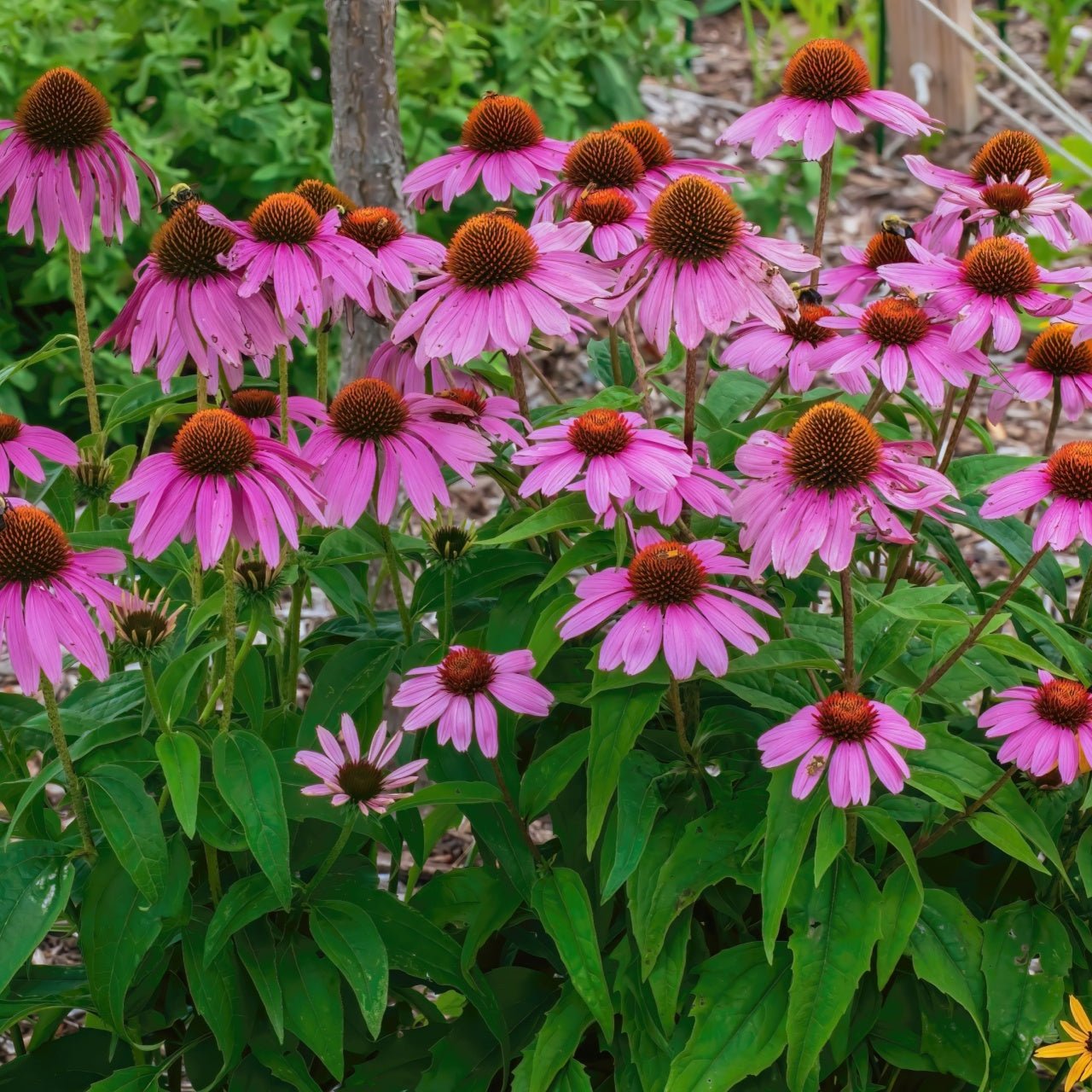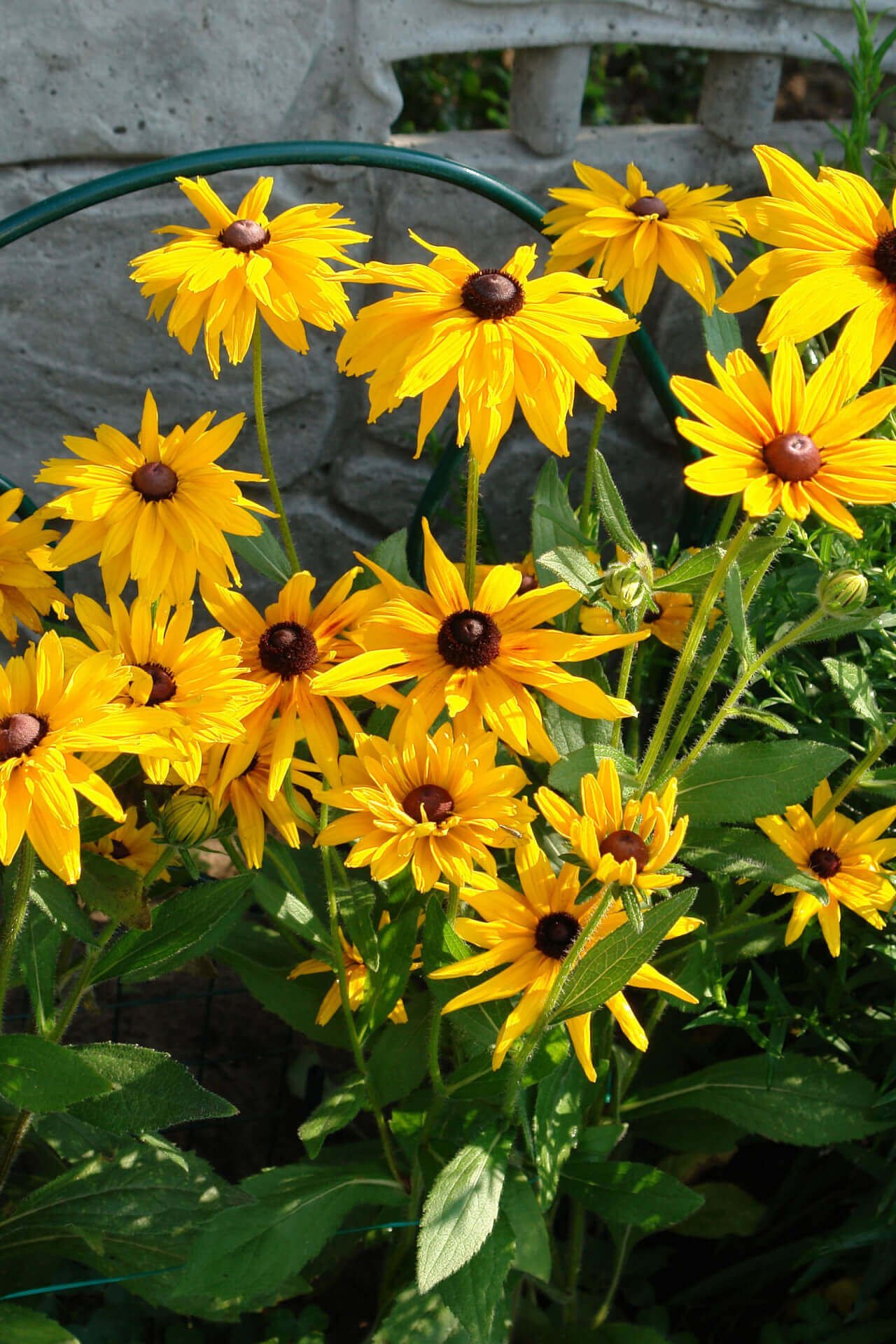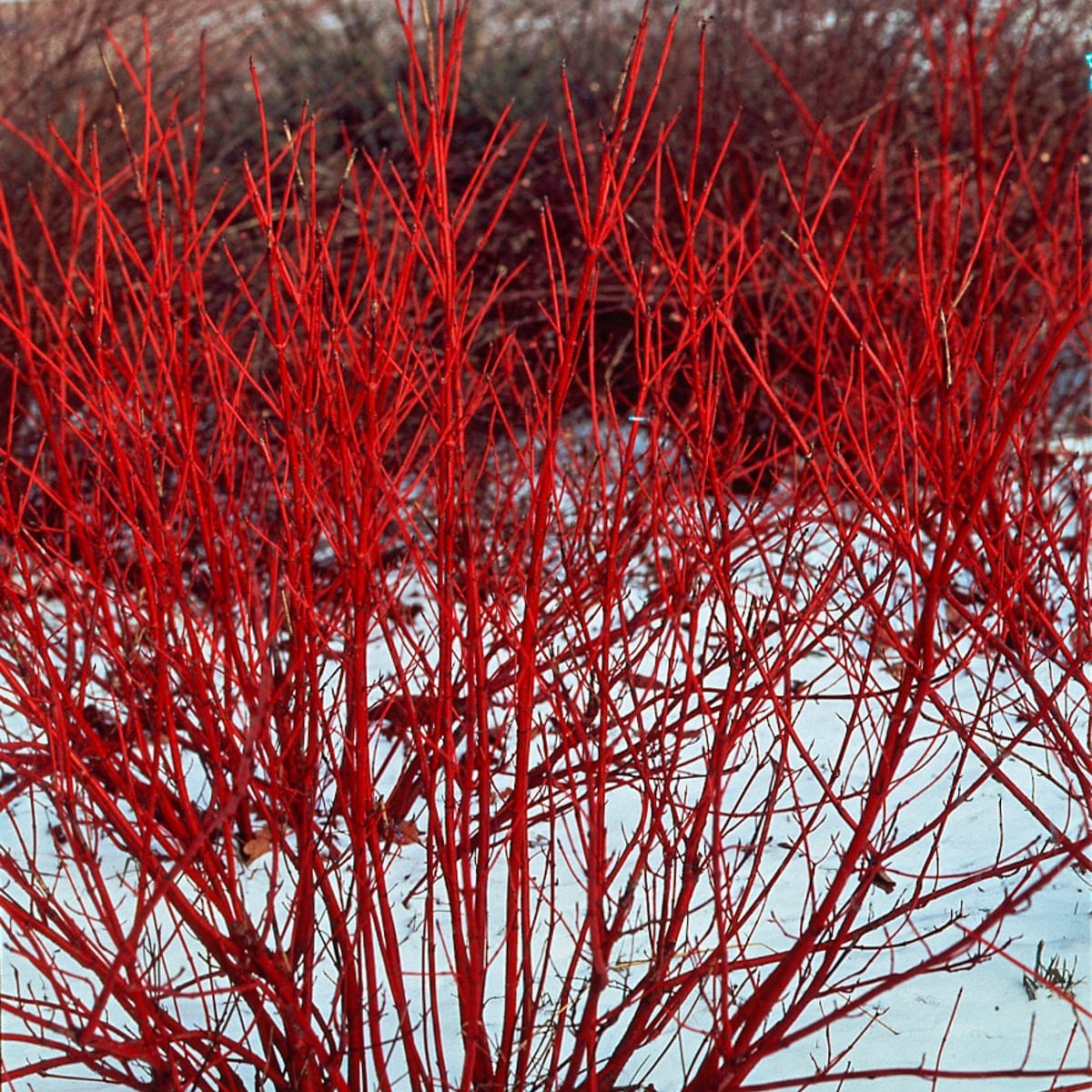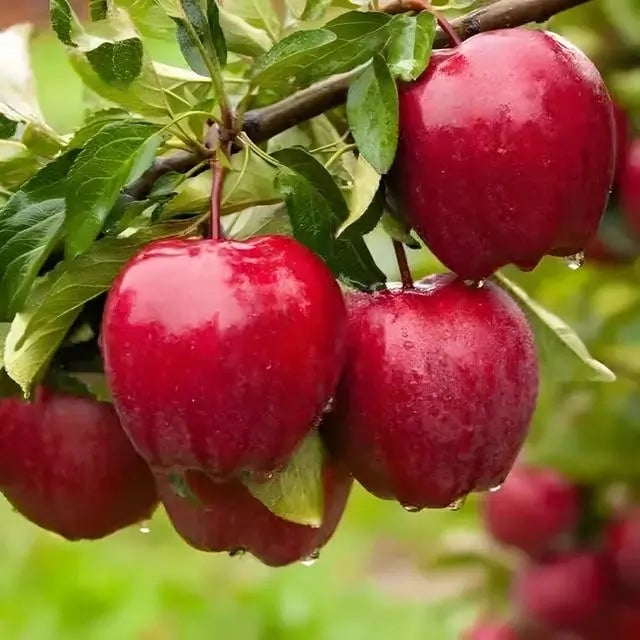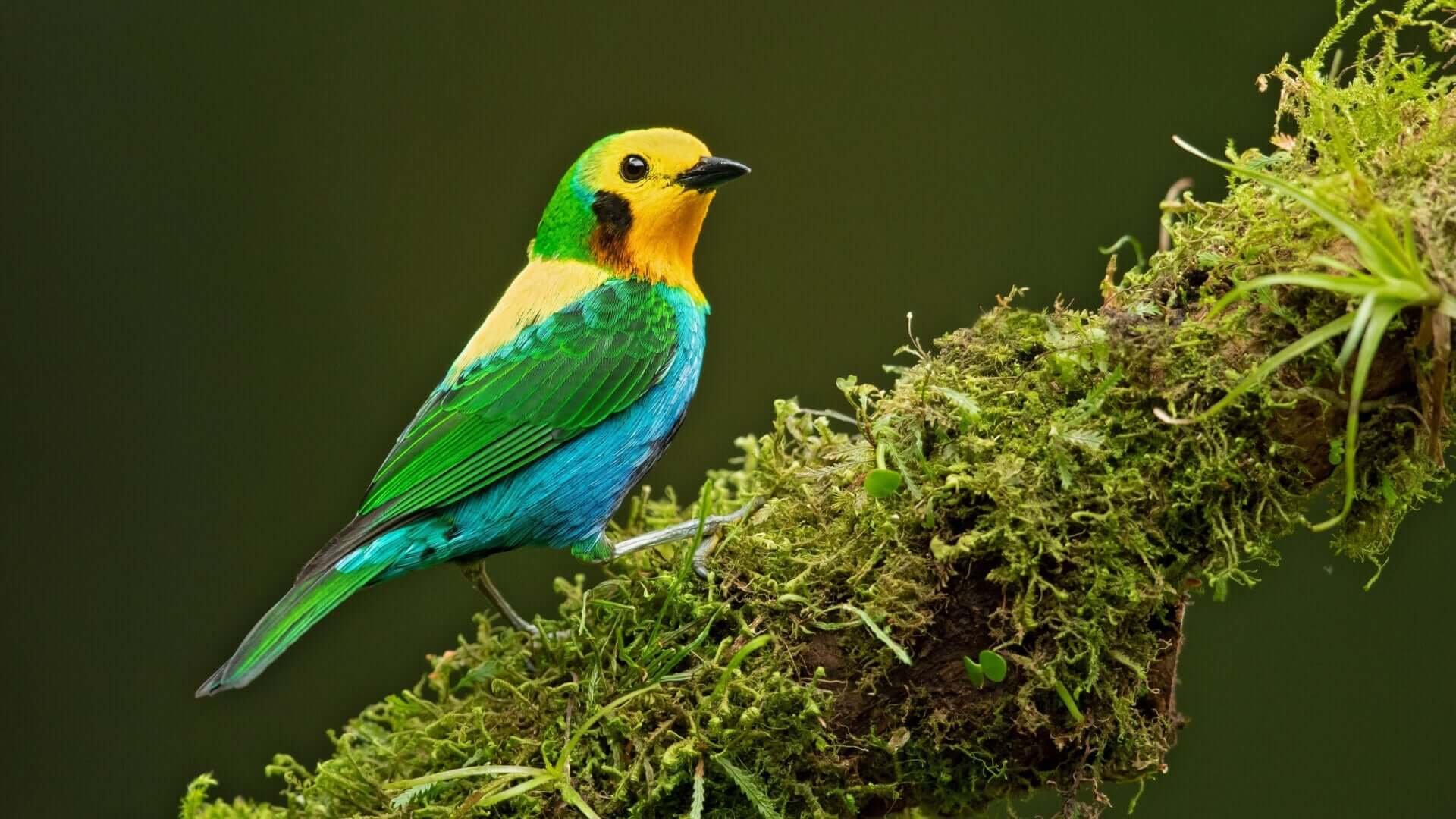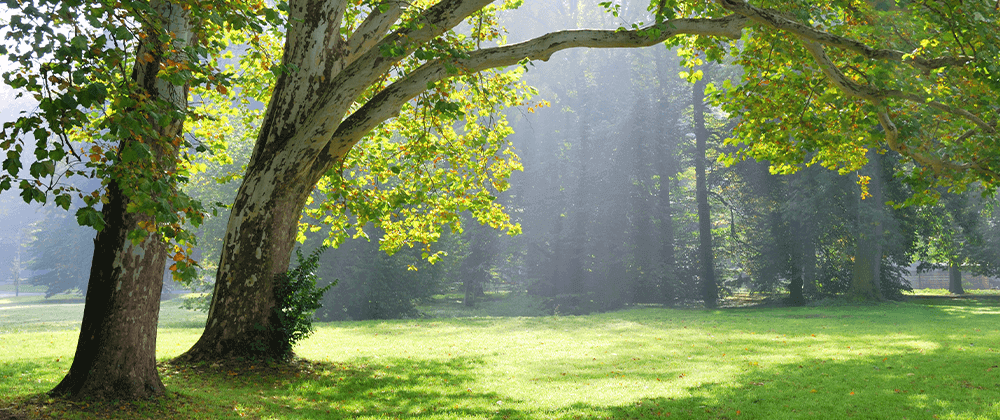Autumn has arrived with its brilliant shades of red, orange, and yellow and a refreshing crispness, states Tammy Sons of TN Nursery in middle Tennessee. Fall brings a unique charm and a chance for gardeners to embrace the changing season. As we enter the fall of 2023 this year, several exciting gardening trends are gaining momentum. From drought-tolerant planting to creating natural wildlife habitats and adopting organic gardening practices, let's explore the top fall gardening trends that will help you make the most of this enchanting season.
Drought-Tolerant Planting: A Sustainable Approach
One of the most significant trends in fall gardening for 2023 is the focus on drought-tolerant planting. With climate change impacting weather patterns and leading to more frequent and severe droughts, gardeners are increasingly looking for ways to conserve water and enjoy lush, vibrant gardens. Drought-tolerant plants require less water and maintenance, making them ideal for busy gardeners. Here are three fantastic drought-tolerant plants to consider for your fall garden:
- Coneflowers (Echinacea spp.): Coneflowers are a beloved perennial that not only adds a pop of color to your garden but also attracts pollinators like bees and butterflies. These hardy plants are well-suited to drier conditions and come in various shades, including purple, pink, and white. Their cheerful blooms can last well into the fall, providing beauty and sustenance for wildlife.
- Daylilies (Hemerocallis spp.): Daylilies are another excellent choice for a drought-tolerant garden. These perennials are known for their versatility and ability to thrive in various soil types. Daylilies can add color to your autumn garden with their vibrant, trumpet-shaped flowers while requiring minimal water.
- Butterfly Bushes (Buddleja davidii): Butterfly bushes are aptly named as they are a magnet for butterflies and other pollinators. These shrubs come in various colors, from lavender and pink to white and red. They are well-suited to drier conditions and can add a striking vertical element to your garden.
By incorporating these drought-tolerant plants into your fall garden, you can conserve water and create a sustainable, low-maintenance landscape that thrives in the changing climate.
Planting Natural Wildlife Habitats: Nurturing Biodiversity
Another prominent trend in fall gardening for 2023 is the emphasis on creating natural wildlife habitats in your outdoor space. As urbanization encroaches on natural habitats, it becomes crucial for gardeners to provide a haven for wildlife. Planting native species that support local fauna is a beautiful way to contribute to biodiversity. Here are some native plants to consider for your wildlife-friendly garden:
- Butterfly Weed (Asclepias tuberosa): As a host plant for monarch butterflies, butterfly weed is essential to any wildlife garden. Its bright orange flowers attract butterflies and other pollinators like bees.
- Swamp Milkweed (Asclepias incarnata): This moisture-loving plant is perfect for damp areas in your garden. Its pink blooms serve as a nectar source for butterflies and bees, and its leaves are a vital food source for monarch caterpillars.
- Black-Eyed Susans (Rudbeckia hirta): These cheerful, golden-yellow flowers are a favorite among pollinators and birds. They provide nectar for bees and butterflies and seeds for birds in the fall.
- Red Osier Dogwood (Cornus sericea): Red Osier dogwood is a native shrub with stunning red stems that add visual interest to your garden. Birds are drawn to their berries, providing them a valuable food source during the fall and winter.
- American Beautyberry (Callicarpa americana): Known for its clusters of vibrant purple berries, American Beautyberry is a magnet for birds. The berries persist well into the fall, making them an essential food source for birds preparing for the winter.
Adding native plants can provide food and shelter for local birds, butterflies, and bees. Your garden will become a thriving ecosystem, showcasing the beauty of nature in the heart of your backyard.
Organic Gardening: Nurturing the Soil and the Soul
The third major trend in fall gardening for 2023 is a continued focus on organic gardening practices. Organic gardening is better for the environment, your health, and the well-being of your plants. It emphasizes using natural fertilizers, compost, and sustainable pest control methods, reducing the reliance on synthetic chemicals. Here are three elements of organic gardening to consider for your fall garden:
- Wild Garlic Plants (Allium ursinum): Wild garlic, also known as ramps, is a delicious herb easily grown in your garden. It is an excellent substitute for conventional garlic and can be used in various culinary dishes. Growing wild garlic organically ensures that you have a chemical-free herb for your kitchen.
- Apple Trees (Malus domestica): Apples are a classic addition to any garden; growing them organically ensures that you have healthy and pesticide-free fruit. Organic practices focus on soil health, which is essential for the long-term vitality of fruit trees.
- Possum Grapevines (Vitis aestivalis): Native to North America, possum grapevines produce small, tart grapes that can be used for making jams, jellies, and even wine. Growing grapevines organically ensures your grapes are free from harmful residues and chemicals. Organic gardening promotes sustainable and environmentally friendly practices and encourages a deeper connection with nature. It fosters a sense of stewardship for the land and encourages gardeners to work in harmony with the natural world.
As we embrace the beauty of autumn in 2023, these gardening trends offer exciting opportunities to create sustainable, wildlife-friendly, and organic gardens. You can conserve water and reduce maintenance while enjoying a vibrant garden by incorporating drought-tolerant plants like coneflowers, daylilies, and butterfly bushes. Planting native species such as butterfly weed, swamp milkweed, black-eyed Susans, red osier dogwood, and American beautyberry supports local wildlife and contributes to biodiversity. Finally, adopting organic gardening practices, focusing on wild garlic plants, apple trees, and possum grapevines, benefits your health and nurtures a deeper connection with the natural world. As you plan your fall garden for 2023, consider these trends to create a beautiful, sustainable, and environmentally friendly outdoor space you can enjoy throughout the season and for years. Embrace the essence of autumn and let your garden flourish in harmony with nature.
Planting Natural Wildlife Habitats: Nurturing Biodiversity
Another prominent trend in fall gardening for 2023 is the emphasis on creating natural wildlife habitats in your outdoor space. As urbanization encroaches on natural habitats, it becomes crucial for gardeners to provide a haven for wildlife. Planting native species that support local fauna is a beautiful way to contribute to biodiversity. Here are some native plants to consider for your wildlife-friendly garden:
- Butterfly Weed (Asclepias tuberosa): As a host plant for monarch butterflies, butterfly weed is essential to any wildlife garden. Its bright orange flowers attract butterflies and other pollinators like bees.
- Swamp Milkweed (Asclepias incarnata): This moisture-loving plant is perfect for damp areas in your garden. Its pink blooms serve as a nectar source for butterflies and bees, and its leaves are a vital food source for monarch caterpillars.
- Black-Eyed Susans (Rudbeckia hirta): These cheerful, golden-yellow flowers are a favorite among pollinators and birds. They provide nectar for bees and butterflies and seeds for birds in the fall.
- Red Osier Dogwood (Cornus sericea): Red Osier dogwood is a native shrub with stunning red stems that add visual interest to your garden. Birds are drawn to their berries, providing them a valuable food source during the fall and winter.
- American Beautyberry (Callicarpa americana): Known for its clusters of vibrant purple berries, American Beautyberry is a magnet for birds. The berries persist well into the fall, making them an essential food source for birds preparing for the winter.
Adding native plants can provide food and shelter for local birds, butterflies, and bees. Your garden will become a thriving ecosystem, showcasing the beauty of nature in the heart of your backyard.
Organic Gardening: Nurturing the Soil and the Soul
The third major trend in fall gardening for 2023 is a continued focus on organic gardening practices. Organic gardening is better for the environment, your health, and the well-being of your plants. It emphasizes using natural fertilizers, compost, and sustainable pest control methods, reducing the reliance on synthetic chemicals. Here are three elements of organic gardening to consider for your fall garden:
- Wild Garlic Plants (Allium ursinum): Wild garlic, also known as ramps, is a delicious herb easily grown in your garden. It is an excellent substitute for conventional garlic and can be used in various culinary dishes. Growing wild garlic organically ensures that you have a chemical-free herb for your kitchen.
- Apple Trees (Malus domestica): Apples are a classic addition to any garden; growing them organically ensures that you have healthy and pesticide-free fruit. Organic practices focus on soil health, which is essential for the long-term vitality of fruit trees.
- Possum Grapevines (Vitis aestivalis): Native to North America, possum grapevines produce small, tart grapes that can be used for making jams, jellies, and even wine. Growing grapevines organically ensures your grapes are free from harmful residues and chemicals. Organic gardening promotes sustainable and environmentally friendly practices and encourages a deeper connection with nature. It fosters a sense of stewardship for the land and encourages gardeners to work in harmony with the natural world.
As we embrace the beauty of autumn in 2023, these gardening trends offer exciting opportunities to create sustainable, wildlife-friendly, and organic gardens. You can conserve water and reduce maintenance while enjoying a vibrant garden by incorporating drought-tolerant plants like coneflowers, daylilies, and butterfly bushes.
Planting native species such as butterfly weed, swamp milkweed, black-eyed Susans, red osier dogwood, and American beautyberry supports local wildlife and contributes to biodiversity.
Finally, adopting organic gardening practices, focusing on wild garlic plants, apple trees, and possum grapevines, benefits your health and nurtures a deeper connection with the natural world. As you plan your fall garden for 2023, consider these trends to create a beautiful, sustainable, and environmentally friendly outdoor space you can enjoy throughout the season and for years. Embrace the essence of autumn and let your garden flourish in harmony with nature.



